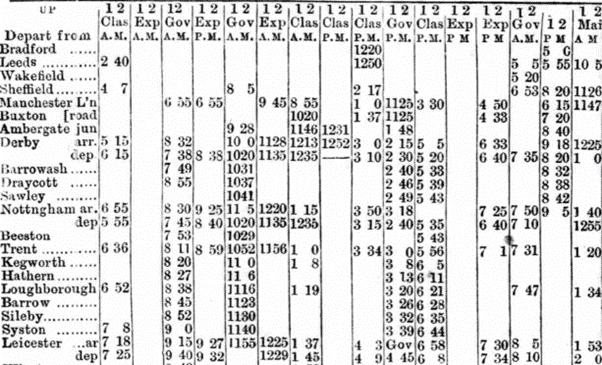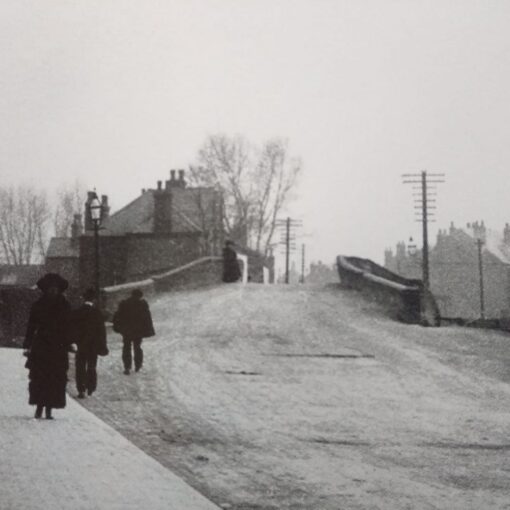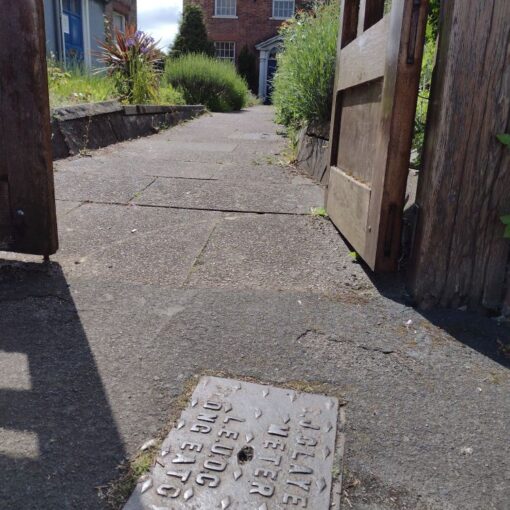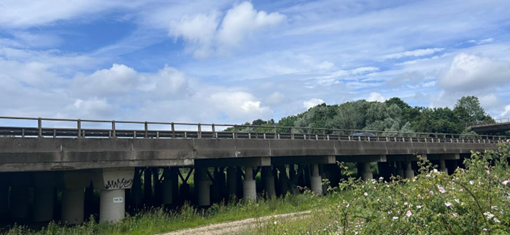In 1873, Sawley had plenty of shops, but those who needed to travel, and didn’t have their own horse, would have relied on the railway or local carriers (see below).
Bicycles had been invented but didn’t really take off until the late 1880s, with developments like the pneumatic tyre.
Roads had originally been maintained by the parish, but the 1862 Highways Act transferred the responsibility for most roads to the County Surveyor. The roads would have used the Macadam techniques, e.g. medium-sized stones at the bottom and smaller stones on top. But they’d have been muddy when wet and dusty in dry weather as they weren’t sealed with tar (tar-macadam, i.e. ‘tarmac’) until the 20th century.
Canals and rivers were still used for transporting bulk cargo, although they’d lost a lot of business to the railways. There were no passenger river services, apart from the ferries at Trent Lock (across to Cliff Farm and the path to Red Hill) and Thrumpton (a long walk down Meadow Lane/Pasture Lane, Long Eaton).
Carriers
The carriers were men with horse-drawn wagons who provided a regular service, usually on market days, to towns or cities, and then back later the same day. In more rural areas these were a vital link, and a better ‘bus’ service than many villages enjoy today; and they usually dropped off and collected at a pub!
We don’t have a 1870s list to hand, but in 1895 the local carrier for Sawley was Henry Stevenson of Breaston, who went to Nottingham, via Sawley, every Wednesday and Saturday. And to Derby on Fridays. In the early 20th century James Webb and his son started operating a taxi service from Barn Farm.
Railways
Sawley Junction station hadn’t opened 150 years ago, so the nearest railway stations would have been Sawley (a mile out of the village on the road to Breaston), Trent Station, or Long Eaton Station (Station Road). After Sawley Junction Station opened in 1888 there was presumably less demand for the horse-drawn carrier service, unless it was cheaper, or better for moving bulky loads.
Of course, the railways allowed travel further afield, for those who could afford it and had the time (most people were working 6 days a week until well into the 20th century).
This 1873 timetable shows the Midland Railway main line ‘Up’ (London-bound) trains as far as Leicester on weekdays. From Leicester, the Midland Railway’s express trains took another 2½ to reach London, St Pancras.





